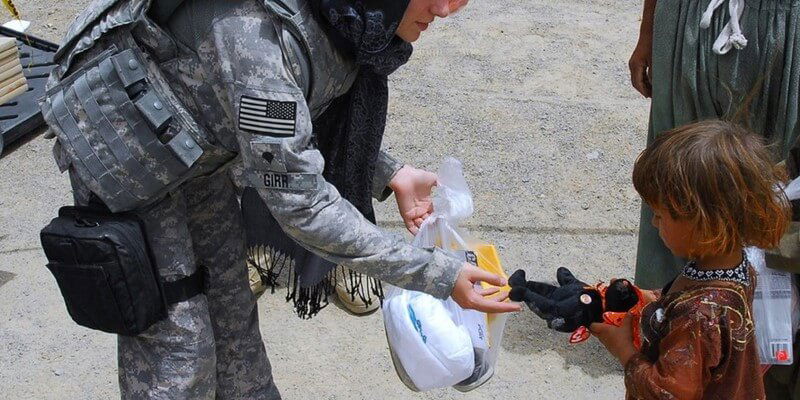Role-playing in therapy is a powerful technique that can help clients explore and address complex emotions, behaviors, and relationships in a safe and controlled environment. By stepping into different roles and perspectives, clients can gain insights into their behavior, develop empathy for others, and practice new ways of relating to themselves and others.
In therapy, role-playing can be used to work through a variety of issues, including communication problems, conflict resolution, social skills, and even trauma processing. Therapists often use scripts and examples to guide clients through role-playing exercises, providing structure and support as they navigate challenging situations.
Here are 21 scripts and examples for incorporating role-play into your therapy sessions:
1. Communication skills: Practice active listening and assertiveness by role-playing a conversation between two people.
2. Conflict resolution: Work through a conflict between two friends or family members, focusing on effective communication and problem-solving.
3. Relationship dynamics: Explore the dynamics of a romantic relationship by role-playing a conversation about boundaries, expectations, or conflicts.
4. Social skills: Practice making small talk, giving compliments, or expressing gratitude in a role-playing exercise.
5. Emotional regulation: Explore strategies for managing difficult emotions by role-playing a scenario that triggers strong feelings.
6. Self-compassion: Practice self-compassionate language and responses in a role-playing exercise focused on self-criticism or negative self-talk.
7. Empathy: Explore different perspectives and practice empathy by taking on the role of someone experiencing a challenging situation.
8. Parent-child communication: Work through a challenging parenting situation or discipline issue in a role-playing exercise.
9. Setting boundaries: Practice setting and maintaining boundaries in relationships by role-playing a conflict involving boundaries.
10. Trauma processing: Work through a traumatic or triggering event in a safe and controlled environment, using role-play to explore and process emotions.
11. Assertiveness training: Practice assertive communication and boundary-setting in a role-playing exercise focused on expressing needs and wants.
12. Coping skills: Explore different coping strategies for managing stress, anxiety, or depression in a role-playing scenario.
13. Decision-making: Role-play a decision-making process, exploring different options and weighing the pros and cons of each choice.
14. Problem-solving: Work through a problem-solving scenario in a role-playing exercise, focusing on brainstorming solutions and evaluating outcomes.
15. Resolving conflicts: Practice conflict resolution skills in a role-playing exercise focused on finding common ground and reaching a resolution.
16. Anxiety management: Role-play a scenario that triggers anxiety, focusing on coping strategies and relaxation techniques.
17. Assertive communication: Practice assertiveness and boundary-setting in a role-playing exercise that involves saying no or expressing disagreement.
18. Goal-setting: Role-play a goal-setting exercise, focusing on identifying goals, breaking them down into manageable steps, and creating a plan for achieving them.
19. Self-care: Explore different self-care practices in a role-playing scenario focused on prioritizing self-care and setting boundaries.
20. Role reversal: Practice empathy and perspective-taking by switching roles in a role-playing exercise, experiencing a situation from a different vantage point.
21. Strengths-based approach: Explore and celebrate strengths and positive qualities in a role-playing exercise that highlights a client’s unique attributes.
Role-playing in therapy can be a transformative and healing experience, allowing clients to explore and practice new ways of relating to themselves and others. By incorporating scripts and examples into your therapy sessions, you can provide structure and support as clients navigate challenging situations and develop valuable skills for personal growth and emotional well-being.



